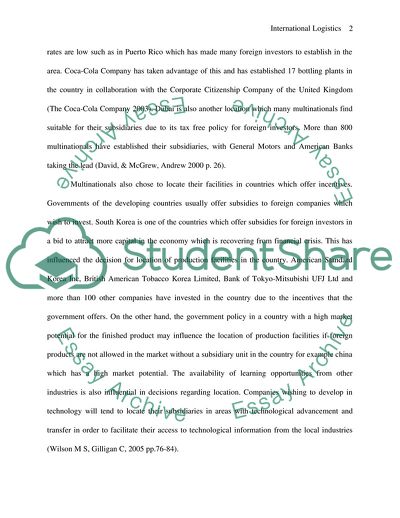Cite this document
(Analysis of Tarde-Offs between Responsiveness to Local Markets and Coursework, n.d.)
Analysis of Tarde-Offs between Responsiveness to Local Markets and Coursework. https://studentshare.org/macro-microeconomics/1721442-explain-using-examplesand-analyse-the-tarde-offs-between-responsiveness-to-local-markets-and-economies-of-scale
Analysis of Tarde-Offs between Responsiveness to Local Markets and Coursework. https://studentshare.org/macro-microeconomics/1721442-explain-using-examplesand-analyse-the-tarde-offs-between-responsiveness-to-local-markets-and-economies-of-scale
(Analysis of Tarde-Offs Between Responsiveness to Local Markets and Coursework)
Analysis of Tarde-Offs Between Responsiveness to Local Markets and Coursework. https://studentshare.org/macro-microeconomics/1721442-explain-using-examplesand-analyse-the-tarde-offs-between-responsiveness-to-local-markets-and-economies-of-scale.
Analysis of Tarde-Offs Between Responsiveness to Local Markets and Coursework. https://studentshare.org/macro-microeconomics/1721442-explain-using-examplesand-analyse-the-tarde-offs-between-responsiveness-to-local-markets-and-economies-of-scale.
“Analysis of Tarde-Offs Between Responsiveness to Local Markets and Coursework”. https://studentshare.org/macro-microeconomics/1721442-explain-using-examplesand-analyse-the-tarde-offs-between-responsiveness-to-local-markets-and-economies-of-scale.


